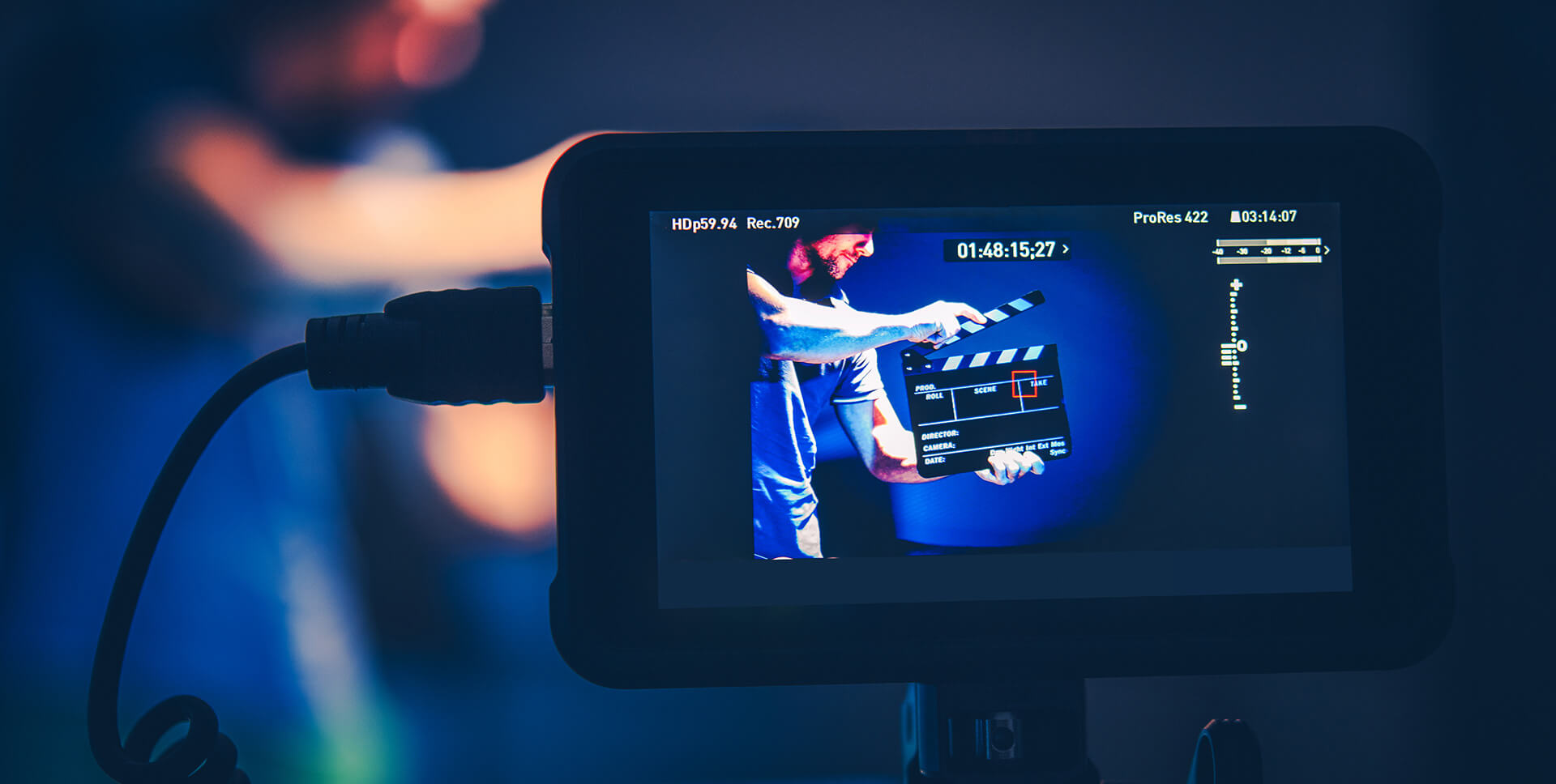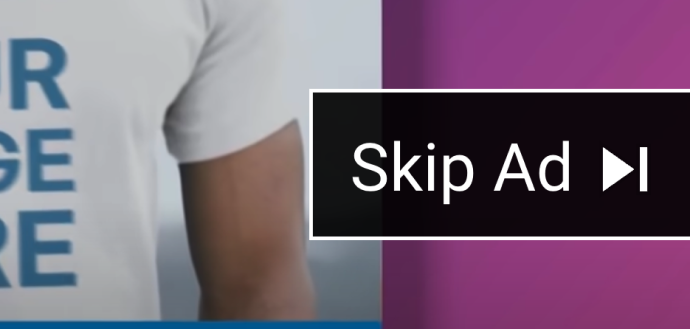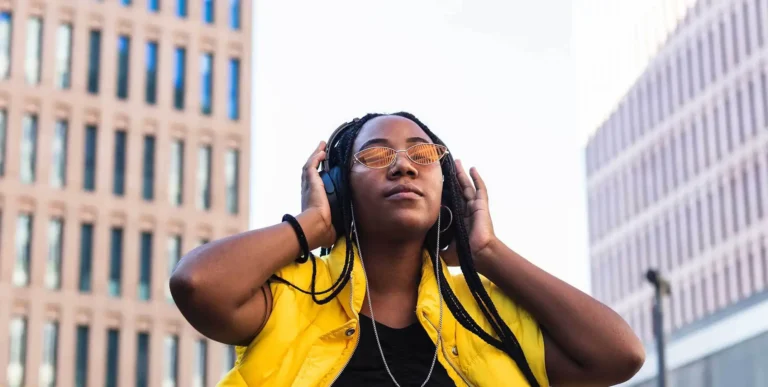This year, YouTube looks to make more than $30 billion in video advertising revenue while brands are projected to spend $55 billion on digital video advertisements.
Yet despite billions being spent on video ads, the vast majority of internet viewers (one study claims 99%) are skipping them when given the opportunity. So even though YouTube, the giant in the digital video ad space, recommends that ads be anywhere from 15 seconds to 3 minutes, much of that ad content is being blatantly ignored.
So how can a video marketer succeed when people aren’t even watching the video? For all this money spent annually, what is the best approach to connect with viewers, not only via YouTube and Facebook but also across digital channels?
In this blog, you will find out the ideal video length for your advertising efforts and learn how data-driven video marketing is the solution both for video advertising (customer acquisition) and communicating with customers 1:1. You will learn:
- The ideal video length (in seconds)
- The best tactics to personalise videos
- The expected outcome when using personalised video
Ready to get started? We’ve got all the info below, and we even made this quick video that sums up this post in under 2 minutes? (How’d we do it? We turned this webpage into a video with AI.)
How Long Should a Video Ad Be?
YouTube boasts billions of monthly logged-in users who watch billions of hours of video every single day. With more than 60% of the world connected to the internet and the majority of user IP traffic now video, engagement with video content is only growing from here.
We all contribute to this massive tally of minutes, hours, days and years of watching video content. Each day, we sit with our smartphone or computer screen to watch the latest movie trailer, music video or adorable antics of our preferred furry animal only to groan when it’s interrupted or delayed by the inevitable commercial — the pop-up video advertisement.
But after 5 seconds, we have the choice to move forward with a “Skip Ad” button. And boy, do we choose it. Research suggests at least 65% of viewers skip online video ads as soon as they’re able to, with 76% of those who skip doing so out of habit.
Why do people skip ads? Maybe it’s because we lack patience. Most likely, though, we skip even a short video that’s probably no more than 30 seconds because it lacks relevance to us and our lives.
Studies have shown that people can tolerate sitting through 15 seconds of video marketing content before skipping, making the ideal YouTube video advertisement 15-30 seconds in length.
But most video ads we encounter are longer and have nothing to do with the video we are even watching. And without any personal or emotional connection, the video ad is meaningless from the get-go and risks getting skipped when the opportunity arises.
The Exception to the Video Skip-Ad Rule
The Super Bowl remains one notable exception.
According to a survey by Ipsos, 42% of Americans said they were “excited” for Super Bowl ads and more than 1 in 3 people (36%) said they were more excited about the ads than the game itself.
It’s hard to think of any other context where ads spark that kind of emotion, which explains why advertisers are willingly paying more than $5 million for a 30-second spot.
But not all companies are like Doritos or Volkswagen with blockbuster-level ads for the big game. Instead, they turn to the internet (and often YouTube) to shell out money on online video ads that can still, all too easily be slipped.
While the ideal video length for a video should be 15 to 30 seconds, simply following that best practice doesn’t guarantee that your video ad will make an impact.
So how can you increase your chances of capturing your audience’s attention and keeping it? Enter: personalisation.
The Power of Personalisation
When personalising a video, completion rates not only increase dramatically, but they increase even on longer videos — those that have more to say and run 70-90 seconds in length. Such video marketing content generates average completion rates of 85% and are watched an average of 1.3 times by the viewer.
How is it possible that a Personalised Video performs so much better than your average YouTube video advertisement, even when it’s much longer than the ideal video length discussed above?
It all comes back to relevance and the human touch. Personalised Videos speak directly to the viewer, by name. They also include information for that specific customer, whether it’s what’s included in their insurance policy or next steps on their healthcare prescription. But even just the first name at the beginning of the video — we recommend within the first few seconds — piques the viewer’s interest and motivates them to watch the video in its entirety.
Think about it. If the video is about me from the beginning, I’m going to want to see where my video ends up.
What if the video below had your perfect upgrade offer? Wouldn’t you be curious to watch it?
This innovative level of customer engagement doesn’t fit in a traditional, generic ad that tells viewers which car to buy or beverage to drink. It requires a proactive effort to understand who each customer is and create content tailored to each individual.
With Personalised Video, the ultimate goal is to make each video highly relevant to a viewer by considering details such as who they are, the stage of life they’re in, what products they’ve purchased or expressed interest in, how long they’ve been a customer and so on.
It’s a great opportunity for upselling and cross-selling. Plus, you’ll wow your customers with a one-of-a-kind digital CX. No more crossing your fingers that a generic promotional email works. No more renewal messages that fail to highlight the value you bring to a particular client. Instead, each video is unique to the individual, changing based on data.
It’s easy to personalise a video to produce results above and beyond industry benchmarks. Videos can be customised for the viewer’s individual needs and preferences, even their language, at nearly unlimited scale. Have millions of customers? So does Ubisoft. The right video platform makes it intuitive and hassle-free.
Whether you need one or 1 million videos, our platform makes it possible to generate Personalised Videos that are tailor-made specifically for an individual on a massive scale in real-time and share them by email, MMS, web and more.
This strategy has proven to be successful. Of emails sent to customers with a Personalised Video, 50% of those emails were opened by the customer (adding “Personalised Video” to the subject line boosts open rates). However, emails without Personalised Video are opened less than 35% of the time on average. For another point of reference, call-to-action buttons on landing pages with Personalised Videos are clicked through 32% of the time.
Of course, that level of personalisation isn’t possible at every stage in the customer journey — for example, before you know anything about your customer — which is where Dynamic Video Ads can help.
Ideal Video Length for Dynamic Video Ads
Like regular video ads, Dynamic Video Ads help reach an audience you don’t yet know as well as your customers. They’re perfect for campaigns early in the customer journey where personalising to individual viewers is more difficult.
Rather than creating video content tailored to an individual customer, these video ads cater to an audience segment based on information such as location, demographics and more. This data comes from social media.
For instance, as the Trivago example below shows, data-driven video ads on Facebook can draw on information such as a user’s relationship status or age to show different content within the video to that user. That means the final video ad is more appealing and relevant to viewers.
Dynamic videos like the one above should still be short when used for advertising. Trivago’s ad was 15 seconds long, but keeping it under 30 seconds is a good rule of thumb.
Check out another example from O2, a major UK-based telecommunications company. They created a 30-second video that had a completion rate almost 40% higher than its competitor’s video advertisement completion rates.
Watch it for yourself. This video was personalised for individuals based on their current smartphone model and location.
Another one of our clients, this time a Mexican airline, used our platform to generate a video ad for customers that was 80 seconds in length and earned a completion rate of 83%.
With this dynamic video approach, you can drive conversions much more effectively than creating video ads for a “mass audience.” We’ve seen CTR uplifts of 5x compared to generic video ads and return on ad spend (ROAS) of up to 7x.
Once you’ve secured a new customer, you can then get the ball rolling on learning more about them as an individual, allowing you to use what you discover to elevate your communications with them via video.
Increase CTR With Interactive Video
We’ve talked a lot about video completion rates because they go hand in hand with video length. Usually, the longer the video, the lower the completion rate — although this isn’t always the case as we saw above.
But when it comes to your video advertising and marketing budget, you want conversions: people clicking after watching your video to take some desired action, whether that’s buying a product, signing up for a demo or even just sharing the video.
With Interactive Video, your audience can engage with your video in a way that goes beyond simply watching. They can click a link directly in the video, choose the next scene they want to see and even customise an element of the video in real time right from the player. The result? A passive viewer becomes an engaged user, ready to take the next step.
Watch — or interact with — the video below, for instance. You can see for yourself how making the video clickable makes for a seamless buying experience. If I see a shoe I like in the video, I can simply click on it to purchase or learn more.
But Interactive Videos aren’t just about shopping. You can also add forms for lead generation or calculators that allow for customisable quotes in real time.
Think of it as an Interactive Video ad experience, unlike anything your customer has seen before, but something nearly 8 out of 10 consumers want.
Turning Views Into Action
There is so much to be gained by upgrading your video ad experience. Whether you take a dynamic ad approach or make your video interactive and personalised, it’s a more relevant and therefore more meaningful piece of content.
Even videos that are longer than a minute in view time can be successful, helping marketers reach their target KPIs. Here are some strategies to consider in your video ad:
- Multiple advertising messages from start to finish
- Call-to-action buttons at the end of the video
- Important information placed throughout
- Directives throughout the video
In the United States, less than 10% of Facebook video ads are watched until the end, but when using personalised similar video ads, the completion rates increase to 78%, an 8x uplift in engagement.
At the end of the day, a Personalised Video will serve the same purpose as any traditional video. That is, it sends a message about a product or service to the viewer. But when using personalisation, it makes a real connection with the viewer. It’s like you and the customer are face-to-face. And that increases brand affinity and, ultimately, customer lifetime value.
Post on
So while on YouTube, the ideal video length for advertising remains at 15 seconds, when videos are personalised, they can be 3x-6x longer, increasing by as much as 75 seconds in length and still generate better results.
Of customers who watch Personalised Videos that are more than 75 seconds in length, over 15% of them watch the same video again and on a different device. This demonstrates that Personalised Videos encourage viewers to take the next step in customer engagement. The second viewing is more meaningful and, even better, may be shared with other people as in the video below that saw massive shares across social media.
Using Personalised Video means winning over the viewer’s heart and also winning over their family and friends.
Here’s a glance at the video completion rate and average view time across 3 continents.
We discovered that 70-90 seconds was the ideal video length for generating high video completion rates.
Goodbye, “Skip Ad” — Hello, Engagement
To sum it up, adding personalisation to your marketing and ad strategy can have a huge impact on your results by boosting watch time and engagement. We also learned that:
- Classic video ads cost a lot of money, averaging 15-30 seconds in length and are skipped over 60% of the time.
- When video ads are tailor-made using customer data, they provide a unique and exciting viewing experience.
- Video ads with personalised messages provide rich opportunities for calls-to-action, upselling and cross-selling.
- Personalised promotional videos running 70-90 seconds in length produce high completion rates, and adding interactivity increases CTR.
- The ideal video length for your ads depends heavily on your audience and how personal you get with them.
Have you found certain video ads more interesting and engaging than others? Are you someone who skips a video ad often? What other video ad solutions have you read about or seen that provide high completion rates when the video is longer than 30 seconds? We’d love to hear your thoughts and address any questions you have about Personalised Videos. Join the conversation on LinkedIn or drop us a line.
We’d also love to get a video expert on a call to show you how you can upgrade your video advertising and marketing strategy with a data-driven approach. Got 15 minutes? We should chat.








